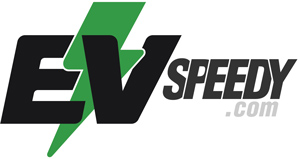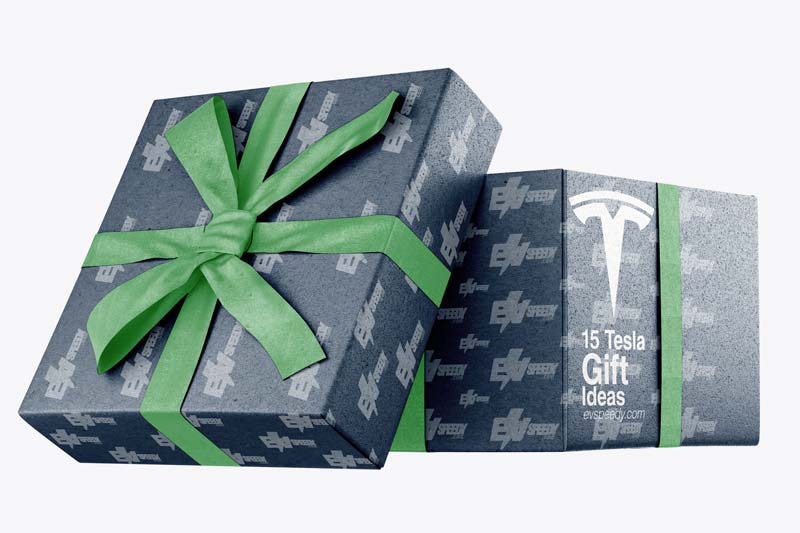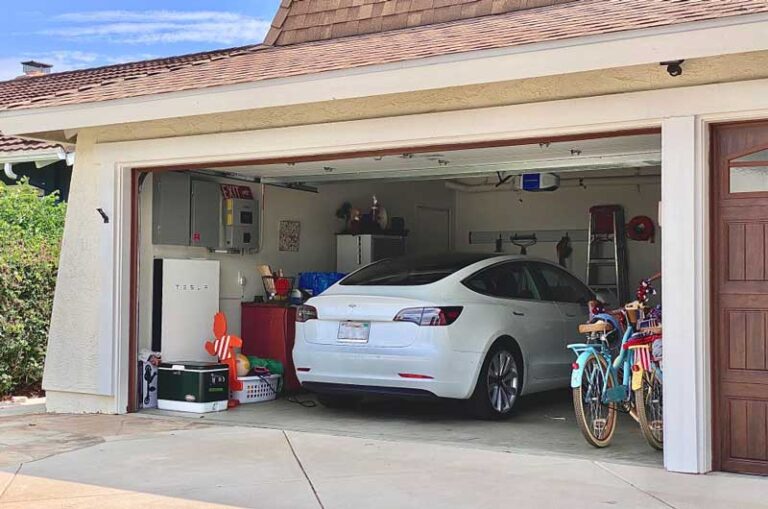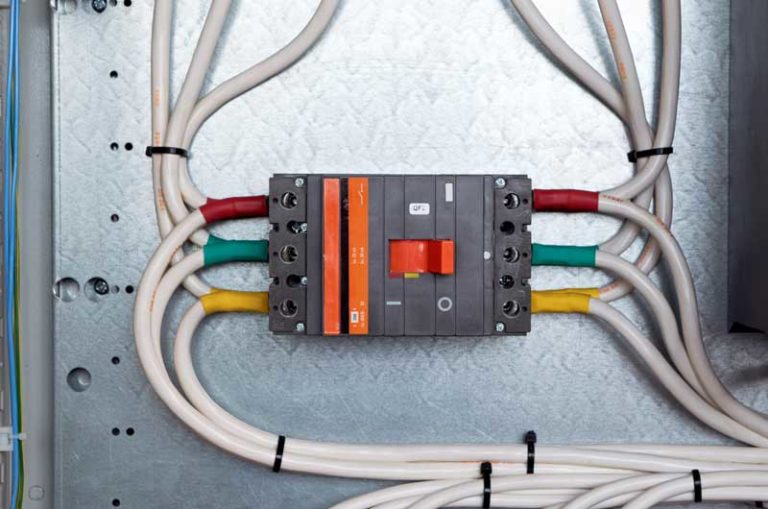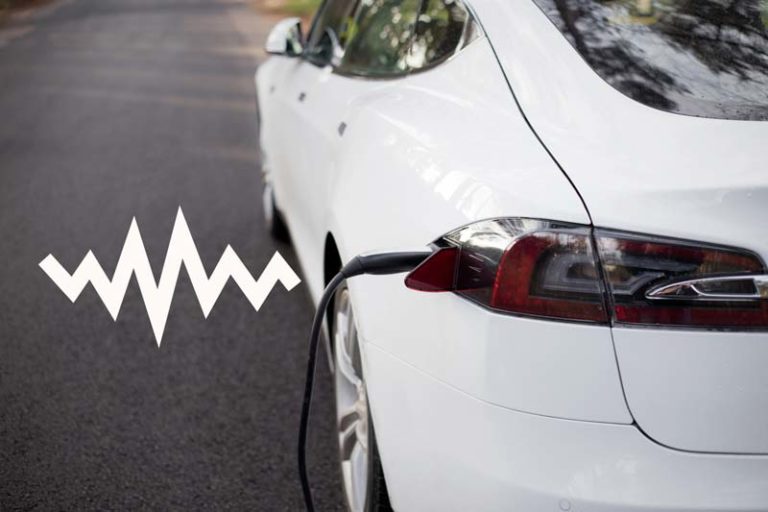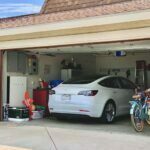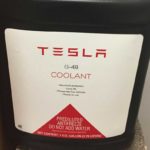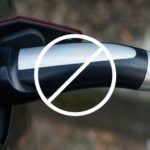As a new EV owner, there are many confusing aspects of EV charging.
I took the time to do some research and gather all the information to answer the most basic but often asked questions. You’re welcome! :-)
- 1. Do All Tesla Wall Connectors Charge at the Same Rate?
- 2. What Can I do when the Tesla Charger is Stuck?
- 3. How Do You Remove a J1772 Charger from a Tesla?
- 4. Why Do Tesla Owners Tap the Charger?
- 5. Do Teslas Come with a Charger?
- 6. What is the Difference Between a Tesla Supercharger and a Destination Charger?
- 7. How Many Amps Does a Tesla Onboard Charger Pull?
- 8. Can I Plug a Tesla into a Regular Outlet?
- 9. Can you use a Tesla Home Charger on Other Cars?
- 10. Do I Need a Permit for a Tesla Charger and To Install?
- 11. Can You Charge a Tesla With an Extension Cord?
- 12. Can a Tesla Use a CCS Charger?
- 13. Can a Tesla Use Non-Tesla Chargers?
- Bonus Tip! How do you Control a Tesla Wall Charger?
1. Do All Tesla Wall Connectors Charge at the Same Rate?
All Tesla Wall Connectors should in theory charge at the same rate. It is largely dependent on the adapter type that you’re using. The NEMA 5-15 + 120 Volt Outlet Adapter should charge at a rate of up to 3 mph. The NEMA 14-50 + 240 Volt Outlet Adapter should charge at a rate of up to 30 miles of range per hour.
The following factors could also influence your charge rate from your Tesla Wall Connectors:
- Size of the battery.
- The fullness of the battery; a battery will charge way slower at 95% than at 5%.
- The greatest charging rate of the battery.
- Environmental factors such as the weather.

2. What Can I do when the Tesla Charger is Stuck?
If your Tesla Charger is stuck, you can unlock the charger port via a manual cable inside the trunk. First, be sure to unlock your car to tap “Stop Charging” on the touchscreen. Open the trunk door and find the charge port’s release cable. This will disengage the lock inside the trunk right behind the charge port.
Luckily for us, Tesla has thought of this failsafe, but many people don’t know about it. The release cable might be situated at different locations, depending on your model.
Anyway, on a similar note, I also wrote a somehwat-related article about the differences between the Juicebox Charger and the Tesla Wall Charger. Check it out!
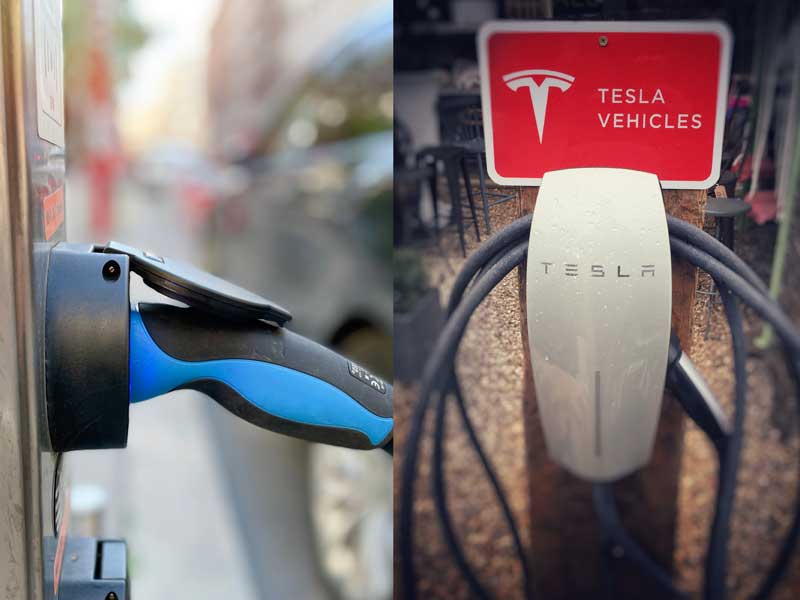
3. How Do You Remove a J1772 Charger from a Tesla?
To remove a J1772 charger make sure that you have your FOB and that your car is unlocked. Press and hold the button until you see the white light. While still holding the button, be sure to also pull the adaptor with the other hand. This way the J1772 will not stay in the charge port.
Many people make the mistake of pulling on the Tesla charger, even while still charging. This is a mistake and might even be harmful to your car.
Always make sure (from your center console) that the charge has stopped.
The J1772 adapter can also get stuck in the car if the charger is removed without proper procedure. If this is the case, follow the steps mentioned above and from the previous question.
These are tedious little issues that we as EV owners have to overcome, unfortunately.
4. Why Do Tesla Owners Tap the Charger?
If you have the key on you and/or the car is unlocked, pressing down or tapping the charge door will open the hatch. Otherwise, tapping the charger or the back of a Tesla with a charge port holds no value.
Many Tesla owners tap the backlight as a joke or to “let the car know when to open the charge port”.
You can also open the charge port by using the mobile app. Tesla recently updated its mobile app to make it easier for you to navigate through all the features.
5. Do Teslas Come with a Charger?
All new Teslas come standard with a charger called a Mobile Connector. Also included is an extra 20-foot cable that uses a 110-volt Nema 5-15 adapter for household outlets.
The J1772 adapter is intended for public charging stations. Home charging speeds are about 3mph. Optional Level 2 Nema 14-50 adapters increase these speeds.
The NEMA 5-15 adapter can be connected to the Mobile Connector, the same as a Nema 14-50. Once they are connected they form a single charging unit.
This essentially means that Tesla includes 3 items that come with your car:
- The Tesla Mobile Connector.
- The Nema 5-15 adapter.
- The J1772 adapter. (This lets you charge at non-Tesla charging stations.)
6. What is the Difference Between a Tesla Supercharger and a Destination Charger?
Destination chargers are usually free to use and serve customers at holiday destinations. Superchargers are a network of fast-chargers that provide a quick charge during a road trip. The use of an average supercharger costs $0.25 per KW, with speeds from 90 kW to 250 kW via DC fast-charging.
The US has about 4 000 Destination Chargers and about 1 120 Supercharger locations.
Superchargers can add up to 200 miles of range in 15 minutes while destination chargers charge at an average rate of 30mph.
A destination charger usually consists of a single Tesla Wall Connector.
They are usually situated at locations such as restaurants and hotels. Its use is free to customers.
Speeds are ~22kW using level 2 chargers with AC power.
7. How Many Amps Does a Tesla Onboard Charger Pull?
The amps pulled from most Teslas are 48 amps using an 11.5kW and a 60-amp circuit breaker. The Model 3 Standard Range Plus pulls 32 amps using a 7.7kW and a 40-amp circuit breaker. Tesla Wall Connectors and Mobile Connectors provide AC power, which is converted into DC power by its built-in onboard charger.
All batteries store energy as the direct current which is why it has to be converted. Thus the onboard charger does this job of current conversion.
If your onboard charger is 48 amps / 11kW it is recommended to use 3 phase 20 amp circuit breaker. Use a single phase 40 amp circuit if 3 phase power is not available.
8. Can I Plug a Tesla into a Regular Outlet?
You can plug a Tesla into a regular 110 Volt and ~240 Volt outlet by using the NEMA connectors that come with your Tesla. The NEMA 14-50 adapter is included and the NEMA 5-15 is optional for the higher voltage. The rate of charge will be ~3mph on 110 Volt, Level 1, and ~30mph on 240 Volt, Level 2.
The 110 Volt Level 1 outlet would be ideal if you don’t drive long distances on a daily basis and can charge 12 hours a day.
In this case, your mobile connector will have a limit of 12 Amps.
When you do need to go on long trips, you can use the supercharger network. Tesla has thought of everything! :-)
Otherwise, the 240 Volt level 2 charger is a good option and has a limit of 32 Amps. Always be sure not to overload the circuit breaker.
9. Can you use a Tesla Home Charger on Other Cars?
You can use a Tesla Home Charger on non-Tesla EVs if you use an adapter. Most Electric Vehicles will charge with a Tesla to J1772 adapter (max 40A & 250V). It will work with the Destination Charger, Mobile Connector, and the Wall Charger. It works best on any level 2 charger, but not at all with superchargers.
Almost all non-Tesla manufacturers don’t include any sort of adapter to enable this. Tesla uses its own proprietary port and is different from most EV companies.
Using this adapter will give you access to thousands of Tesla destination chargers across the country. It is a good public charging option and removes the limiting factor that non-Teslas have.
Make sure to pair the amount of power that the adapter can give with the power your vehicle can accept.
Level 2 destination chargers charge at a rate of 15-50 miles per hour, depending on your situation.
Tesla has released a new and additional version of the Tesla Wall Connector that can be used on all non-Teslas that use the J1772 connector as their charge proprietary plugs.
It is called the J1772 Gen 2 Wall Connector and provides 9.6 kW (40 amp) of power and includes a 24-foot cable and costs $415.
10. Do I Need a Permit for a Tesla Charger and To Install?
When using a Tesla Mobile Connector, there is no need for a permit to own or use it. It can be plugged directly into the power outlet. When using a Tesla Wall Charger, there is also no need for a permit to own it. Tesla advises hiring a recommended electrician to install it. Do have the installation inspected.
Permit requirements and laws are determined where you live (in most cases).
The electricians often present this as an option only and can leave you confused if you should get one or not.
If you’ve decided to hire a professional to install the wall charger, it will give a few advantages:
- It will give you peace of mind that the work was done properly.
- A permit can give some insurance protection in the event of a fire, and if you want to sell the house.
- If a fire were to break out after you’ve sold the house, it will protect you from any liability.
If you insist on doing the installation yourself, follow this process:
- Install it yourself.
- Get the permit. (Be sure to get a qualified electrician to issue a permit.)
- Get the inspection of the installation done by both the city and the electric company.
Installations and permits cost anywhere from $150-$300. I would opt for this, as it could save me from a lot of potential problems down the road.
11. Can You Charge a Tesla With an Extension Cord?
You can use the 20-foot cable that comes with your Tesla (and Universal Mobile Connector) to plug into an extension cord. Tesla explicitly warns against this, but you will be able to charge your car by using this method. Only use an extension cord that is rated for the charge rate you intend to use.
Pro-tip for extension cords and charging speeds
Most electricians will install 8-gauge wiring for EV chargers in a house. This will allow you to charge up to the full rate using a mobile connector but not with a wall connector.
If you’re planning on having any sort of EV chargers installed, specify that you want 6 gauge wiring. Also let them know that you want an extra 6 feet of wiring behind the installation area of the Nema 14-50 outlet.
This will give you the option to later remove the Nema 14-50 outlet and to install the Wall Connector. It will, in turn, give you the desired full charging speeds. This is a cost-savings tip and will avoid future headaches. It will be more expensive but will be worth it in the long run.
12. Can a Tesla Use a CCS Charger?
All Tesla Model 3’s and Model Y’s in Europe can use a CCS charger without adapters. New supercharging stations in Europe use CCS connectors as well as Tesla’s regular supercharger.
The older supercharging stations only use Tesla’s Type 2 supercharger. In this case, a tethered CCS adapter should be used with its proprietary connector.
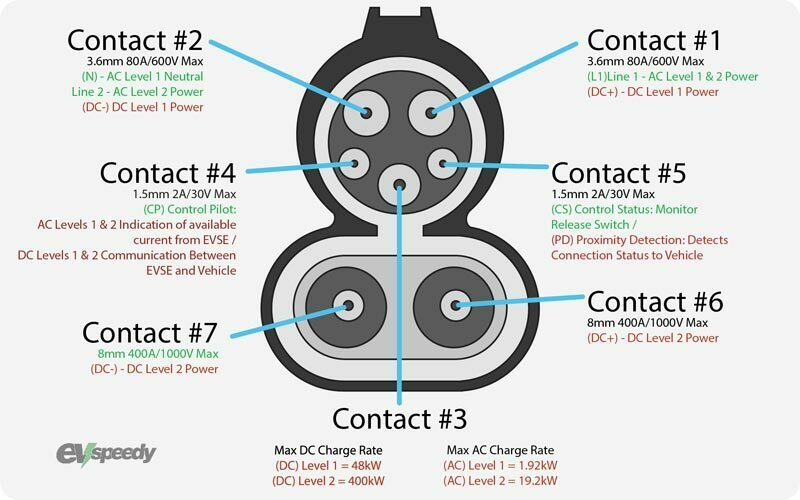
This question is related to our next one. Most non-Tesla charge ports in the world use a CCS connector. If your Tesla comes with the standard US port, you will need a CCS adapter.
I would strongly advise buying an adapter and always keep it with you in the frunk. You never know when you might run out of charge and when the nearest supercharger is out of order.
These things do happen, unfortunately. Rather safe than sorry!
13. Can a Tesla Use Non-Tesla Chargers?
All Teslas can use non-Tesla chargers. Teslas in North America will need the included J1772 adapter in most cases. When using charging stations like EVgo, a CHAdeMO adapter is required. This supports charging speeds of up to 50kW. Other charging stations offer charging speeds upwards of 150kW.
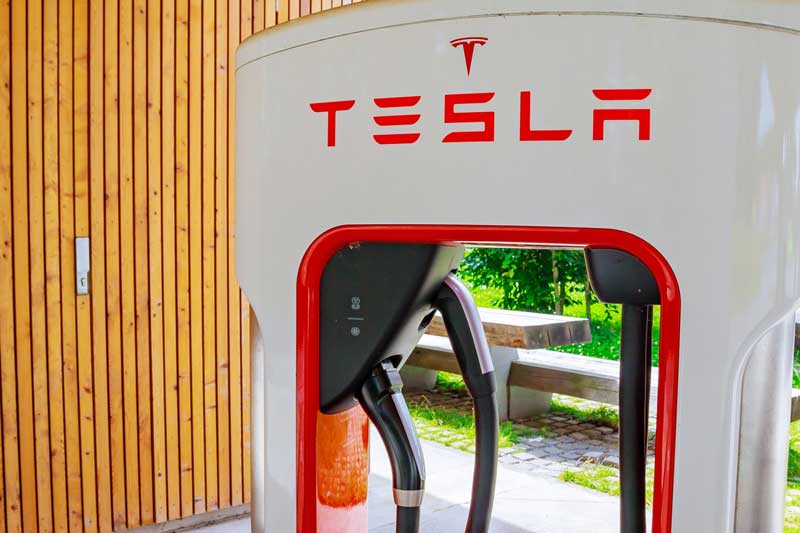
You can pay for the charge by using the app associated with the specific non-Tesla charger.
Always make sure that you have some money in the account. Some non-Tesla chargers may be free but most require that you at least download their app.
You can also use contactless payment on most non-Tesla chargers.
Bonus Tip! How do you Control a Tesla Wall Charger?
You can only track a Tesla Wall Charger via the Tesla app on your phone or via Laptop. The Tesla Wall Connector comes with built-in Wi-Fi features. You can connect to the device by scanning the QR code sticker on the back. You can also check your charge- and rate from anywhere and receive notifications.
One thing to note is that there is no app for the wall charger itself. There is also no specific section in the Tesla app to control the wall charger.
A future version could control the amperage, which could maximize the use of solar generation.
This will allow you to get data from the charger and set charging times. I hope that helps!
Check out these 20 great gift ideas for yourself or a Tesla fanboy.
Contact Us if you have any questions or queries.
